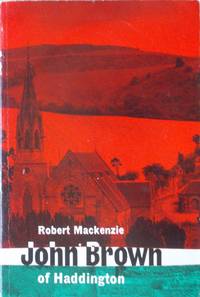What have you put in your pockets? Before I went to school, only two items could be found in my pockets: sweets and coins. After I was able to blow my own nose, a handkerchief was added to the list.
I don’t think I’ve owned a handkerchief for several decades now. The handkerchief has been displaced by packs of tissue paper.
After I became a schoolboy, the list grew to include matchboxes with spiders in them; marbles; rubber bands; chalk; catapults and smooth pebbles; pocket-knives. And even a comb for my then dense hair.
We worked hard to find good fighting spiders, to win spider fights during recess or after school. I also often had chalk in my pockets because we used chalk to draw lines on the ground when we played simple games.
I can’t remember when a wallet was added to the list. I know it was an essential part of my outdoor gear, because a law was introduced which made it compulsory to carry Identity Cards whenever outdoors.
During the later years of my primary schooling, we had to write with fountain pens. Every one of my school shirt pockets was stained by a leaking pen! I think the same was true of all my friends.
In 1980, I was given a tiny little pocket New Testament. This gift enabled me to never leave home without a portion of the Bible in my pocket. I know I’ve read it on buses, beaches, hilltops. Nowadays, I read or listen to the Bible on my smartphone – which of course is always in my pocket.
I stopped carrying just the New Testament after I discovered cargo pants, which have large pockets. If I wore cargo pants, I could carry with me a whole (small) Bible and have my hands free, without wearing a knapsack.
I think another reason I stopped using the New Testament alone is that I discovered reference Bibles.
If you read any part of the New Testament in a reference Bible and the author refers to something in the Old Testament, notes in the margins will tell where you can find that Old Testament passage – and reading it will enrich your understanding of the New Testament.
Did you know that the first reference bible was called a “self-interpreting Bible”? First published in 1778, it was the fruit of the labour of John Brown of Haddington, a most remarkable man who went from being an orphan boy to being a shepherd boy who taught himself many languages.
Do read about him. To whet your appetite, here’s an extract from the entry for him in Wikipedia:
During his life as a herd-boy he studied eagerly. He acquired a good knowledge of Latin, Greek, and Hebrew. His difficulties in regard to the second of those were very great, for he could not for some time get a grammar. Notwithstanding this, he managed by the exercise of patient ingenuity to learn the letters on a method he afterwards described in detail (paper of 6 Aug. 1745 quoted in Biography). He scraped together the price of a Greek testament, and a well-known story describes how he procured it.
A companion agreed to take charge of his sheep for a little, so setting out at midnight, he reached St. Andrews, twenty-four miles distant, in the morning. The bookseller questioned the shepherd-boy, and Francis Pringle, a professor of Greek happened to hear the conversation. ‘Boy,’ said he, pointing to a passage, ‘read this, and you shall have the book for nothing.’ Brown read the passage,, got the volume, and walked home again with it (Memoir, p. 29; Dr. John Brown’s Letter to John Cairns, D.D., p. 73).

40 years ago, I read his biography after a retired pastor told me I should sell the shirt on my back, buy the book and read it. Reading his story made me value the Bible so much more!
Do you have any pocket stories?
To learn more about Rama, click here.


